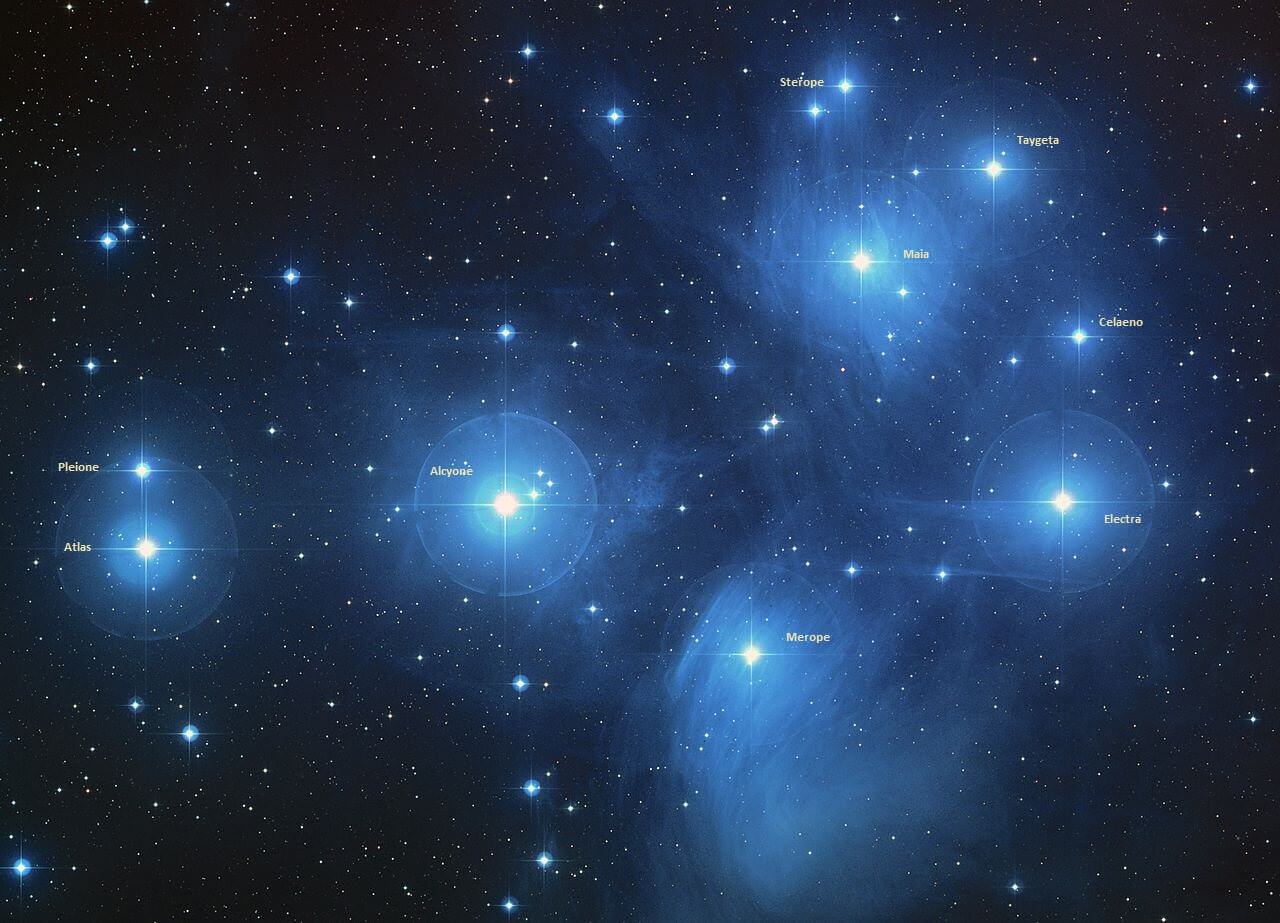In this series we are exploring the weird and wonderful world of astronomy jargon! You’ll start drifting away from your friends after reading today’s today: open clusters!
An open cluster is a group of stars that formed at roughly the same and are still hanging out together. These groups of stars form from the same giant molecular cloud (which is a kind of huge nebula). A typical giant molecular cloud will create a few hundred to a few thousand stars in a relatively short amount of time.
At first, the stars in an open cluster will stick together, because of their mutual gravitational attraction to each other. But over time the open cluster will lose members. Sometimes the cluster will wander too close to a large nebula or another cluster, and the gravity of that object will pull away some stars. Or just over time the stars in the cluster interact with each other, sending one or more stars flying away.
Typically, an open cluster will only survive as a distinct entity for a few hundred million years. That’s far shorter than the lifetimes of the individual stars, which can last for billions of years.
Since you need active star formation to make open clusters, they are only found in spiral and irregular galaxies. Within the Milky Way, astronomers know of over 1,100 open star clusters, but they suspect many more exist.
Some open clusters, such as the famous Pleiades cluster that you can see with your naked eye, contain remnants of the nebula that formed the stars. However, over time the radiation pressure from the stars will blow the gas away.
Astronomers just love open clusters. They contain stars of all different sizes, but they’ll be roughly the same age and have roughly the same composition. This allows astronomers to compare and contrast the evolution of stars without having to worry about those complicating factors.

